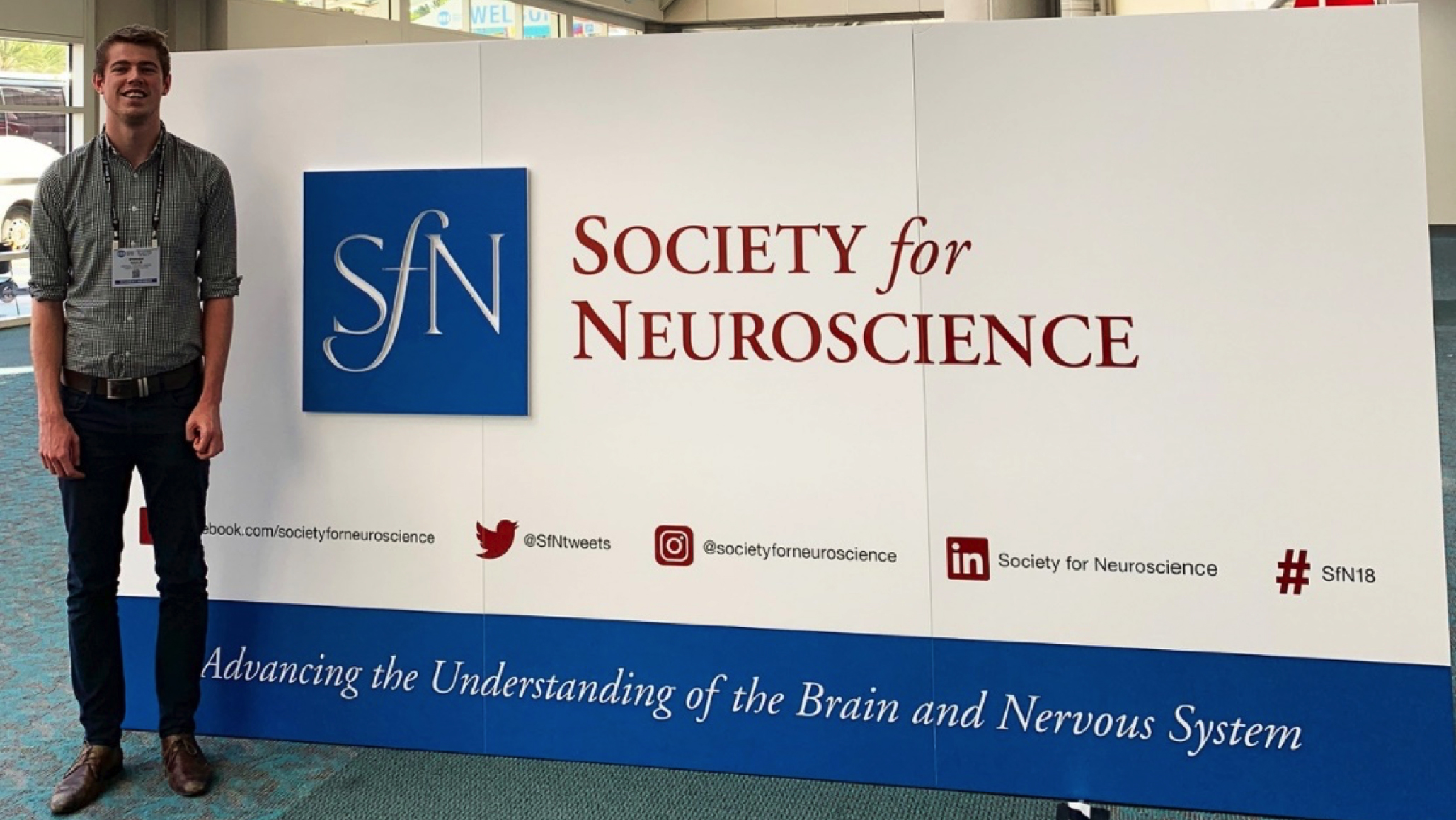
Dr Holly Jenkins provides an insight into her research looking at bacterial communities in the guts of preterm babies from analysing stool samples.
Every year in the UK, one in 13 babies are born prematurely. A premature birth is one that occurs before the 37th week of pregnancy. It is one of the leading causes of neonatal morbidity and mortality – that’s why research is extremely important. I decided I wanted to pursue a career in neonatal research because of the amazing clinical and scientific work that is helping improve the care and lives of babies born too soon.
From 2015 to 2018 I completed my PhD in Professor Neena Modi’s leading neonatal research team, based at Chelsea and Westminster Hospital. The team is comprised of clinicians (doctors, nurses and midwives), scientists, statisticians and data analysts, all of which are researching different aspects of preterm and term births. (more…)








